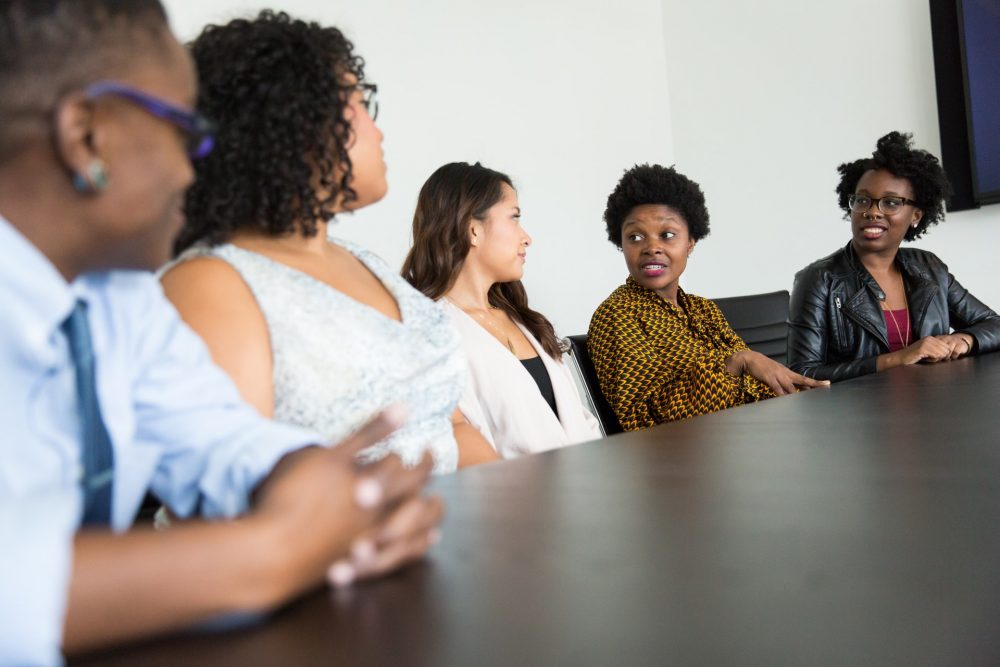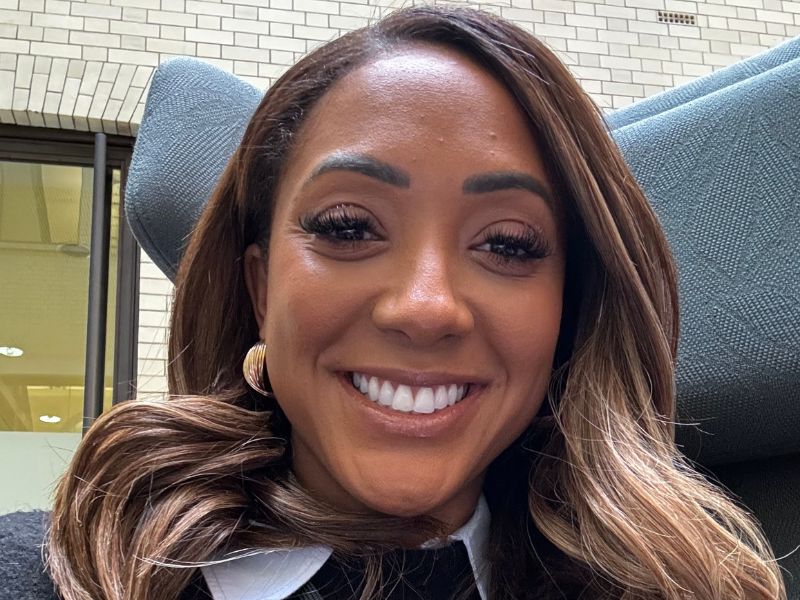 According to Gartner’s 2020 Women in Supply Chain Survey, 17% of chief supply chain officers are now women – a 6% increase compared to 2019.
According to Gartner’s 2020 Women in Supply Chain Survey, 17% of chief supply chain officers are now women – a 6% increase compared to 2019.
Whilst certainly moving in a positive direction, it is clear more needs to be done to readdress the current gender imbalance not only within the industry, but in corporate structures generally. Ahead of International Women’s Day 2021, Sheena Russell, HR Manager and Melaye Ras-Work, Founder & Vice President at Efficio Consulting, the world’s largest procurement consultancy, challenge organisations to reflect on the current state of gender diversity and take steps to an equal future.
As the sole female co-founder of Efficio, and with a passion for diversity, Melaye is a firm believer that a diverse workforce allows people to be more versatile and open minded. “Whilst we are seeing gradual steps towards greater diversity in business, real change will come from a deeper education around the benefits a diverse team can bring to a business,” Melaye commented.
“Research suggests that a diverse workforce is a more productive one, and therefore diversity of all kinds, whether that be gender, age or culture, should be seen as a strength. Diverse organisations can be better, stronger, more resilient. The key, however, will be effectively communicating this message and making sure businesses understand the true value diversity can bring. Rather than supporting gender diversity because it seems like the right thing to do, businesses must see diversity as a fruitful investment,” she adds.
So, are we doing enough?
Although wider discussions around the gender pay gap have had a real impact on people’s awareness over recent years, Melaye believes gender bias is still prevalent in business today. “Whilst I believe this bias is more of a subconscious one, it still very much exists; and we, as a society and as businesses, have been forced to really look at our own hiring and hierarchical organisational structures. It has made many take a step back and ask whether enough is being done to address the imbalance,” she comments.
Sheena, Efficio’s HR Manager, believes change also requires a change in mindset. “Talking about gender diversity – it’s an uncomfortable thing for people to do, because it’s saying I’m a nice person, but really, am I doing enough? And why should I have to think about these things? At Efficio, we’ve broadened our remit to start thinking about how we can drive more diversity and gender balance throughout the business, both in hiring, retaining, and developing the careers of the people that we bring on board,” she comments.
The need for a structural shift
For Melaye, diversity is no longer a topic that can be ignored – customers, employees, and the public are demanding it. But change takes time. “Whilst ideally we’d like to see a 50/50 gender split in every boardroom, this, unfortunately isn’t going to happen overnight. Some organisations are still confused over how to go about tackling it; after all there are various factors to consider, and these vary from country to country,” she comments.
“Driving change is more than training people to operate differently, or encouraging women to be more confident or build their gravitas in a way that makes them more able to stand at the table,” Sheena argues. Alluding to a point made by Sheryl Sandberg in the book ‘Lean In’, Sheena questions whether it is really up to women to ‘lean in’ and fight for their voices to be heard. “To me it felt like the message to women was that you need to talk yourself up, rebrand yourself, push yourself, when in reality it should be organisations levelling the playing field.”
Readdressing the balance
For Melaye, having an objective to work towards is a good first step to achieving real change. “Unfortunately, when it comes to gender diversity, relying on good will and good intention simply won’t cut it. Targets force you to act – they force people to be challenged and as a result they become more resourceful. After all, what gets measured, gets done,” Melaye comments.
“Quotas, on the other hand, often get peoples hackles up. Organisations need to broaden their recruitment profiles and redefine what talent looks like to truly redress the balance. It’s not about filling quotas, it’s about actively changing your practices to find those of equal talent,” she adds.
Data is also crucial, states Sheena, “There is tonnes of data there for us to work out a barometer of how well or how badly we’re doing with gender diversity. Utilising these insights will help us pitch ourselves correctly and that will bring that forward momentum that is needed for action.”
“It is far more difficult to win minds than it is to win hearts on this issue. The fact that we are already having discussions around gender inequality proves there is intention there for change. It will be clear objectives, underpinned by data that will win the minds and drive a future of diversity and inclusion,” Sheena concludes.
WeAreTechWomen covers the latest female centric news stories from around the world, focusing on women in technology, careers and current affairs. You can find all the latest gender news here.
Don’t forget, you can also follow us via our social media channels for the latest up-to-date gender news. Click to follow us on Twitter, Facebook and YouTube.








